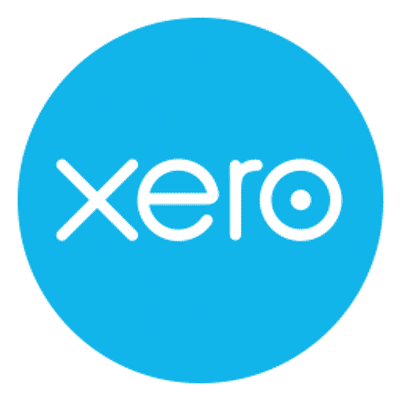QuickBooks Desktop Enterprise is a Accounting Software. QuickBooks Desktop Enterprise offers Purchasing, Project Accounting, Payroll, General Ledger, Fixed Asset Management and many more functionalities.
Some top alternatives to QuickBooks Desktop Enterprise includes Quickbooks, Xero, Freshbooks, Sage Accounting (Sage One) and AccountsIQ.
No, QuickBooks Desktop Enterprise doesn't provide API.
No, QuickBooks Desktop Enterprise doesn't provide mobile app.
QuickBooks Desktop Enterprise is located in NA
QuickBooks Desktop Enterprise offers Subscription pricing model
The starting price is not disclosed by QuickBooks Desktop Enterprise. You can visit QuickBooks Desktop Enterprise pricing page to get the latest pricing.







/logo_1622728934.296577.png)







